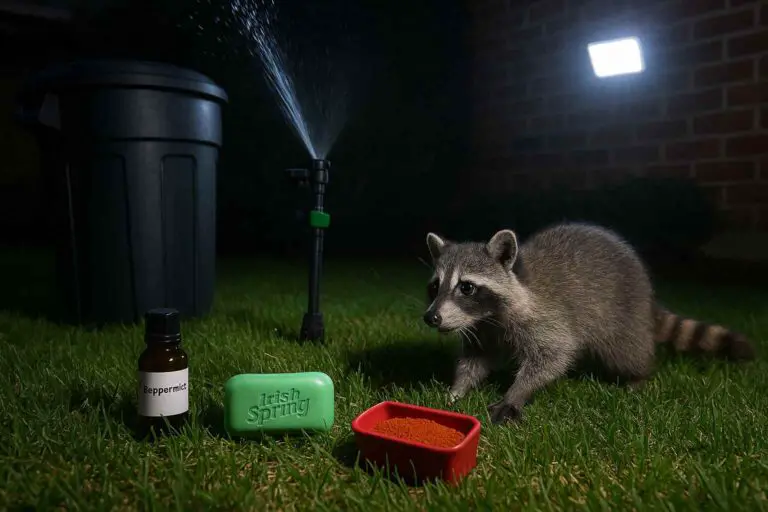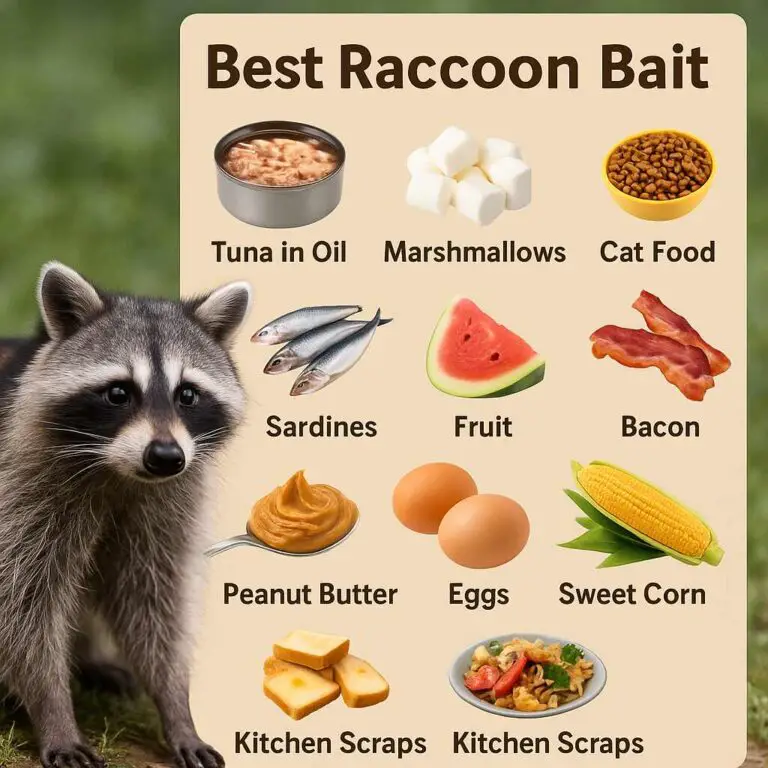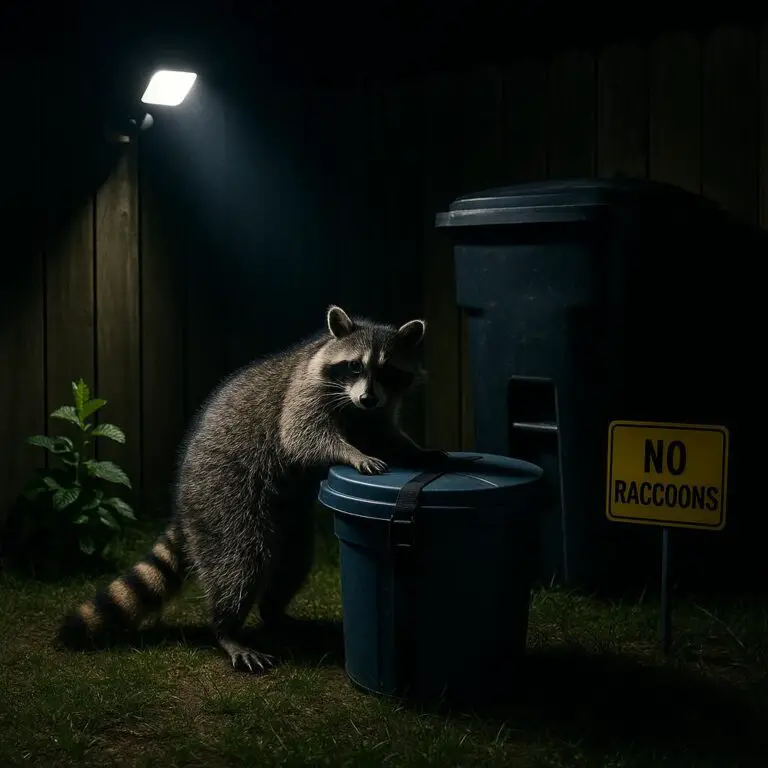Discovering raccoons in your attic is unsettling and potentially dangerous. These nocturnal creatures are not only a nuisance but they can also cause considerable damage to your home and pose serious health risks. Addressing this issue swiftly and humanely is crucial for the safety of both the inhabitants and the animals.
Understanding Raccoons
Raccoons are intelligent, adaptable mammals with a knack for finding ways into cozy, warm spaces like your attic. They’re primarily nocturnal and are attracted to areas that provide easy access to food and shelter. Understanding their behavior and needs is crucial in devising an effective removal strategy.
Signs of Infestation
Raccoon infestations are usually marked by distinctive signs. These include:
- Noises: Scratching, thumping, or chattering sounds, especially at night.
- Damage: Torn ducts, insulation, or wires, and structural damage where they’ve entered.
- Droppings: Look for their feces, which pose health risks and need careful handling. Recognizing these signs early can prevent more severe damage and health issues.
Legal Considerations
It’s essential to be aware of local wildlife protection laws. Raccoons are protected under wildlife conservation acts in many places, and specific procedures may be required for their removal. Always consult with wildlife professionals or local authorities before taking action.
Preventive Measures
Making your attic unattractive to raccoons is the key to long-term prevention:
- Seal Entry Points: Inspect your attic and roof for any holes or gaps and seal them with sturdy materials.
- Secure Trash: Ensure your garbage cans are tightly sealed; raccoons are notorious for scavenging.
- Remove Food Sources: Keep pet food indoors and secure compost bins.
Humane Removal Methods
- Professional Help: Wildlife control professionals are trained to remove raccoons safely and humanely. They can also provide valuable advice on preventing future invasions.
- DIY Methods: If local laws permit and you feel confident, humane deterrents like motion-activated lights or sound devices can encourage raccoons to leave. Never attempt to physically capture or harm the raccoons.
Cleaning and Repair
After the raccoons have been removed:
- Decontamination: Hire professionals to clean and disinfect the area, as raccoon droppings can carry dangerous pathogens.
- Repair Damage: Fix any structural damage and seal entry points to prevent future invasions.
Long-term Strategies
Ongoing vigilance is key:
- Regular Inspections: Check your attic and roof periodically for signs of raccoon activity.
- Yard Maintenance: Keep your yard clean and uninviting to raccoons by removing food sources and potential shelter.
Resources
- Local Wildlife Control: They can provide removal services and advice on prevention.
- National Wildlife Control Operators Association: A resource for finding licensed professionals and learning more about humane wildlife control.
- Local Extension Office: They often offer advice on dealing with wildlife and can provide local legal information.
Conclusion
Raccoons in the attic are a serious issue that requires prompt and humane attention. Understanding their behavior, taking preventive measures, and opting for professional removal when necessary can effectively solve the problem and prevent future occurrences. Always prioritize safety and legal considerations in your approach.
Remember, the goal is a humane resolution that respects both your home’s integrity and the raccoons’ well-being.








